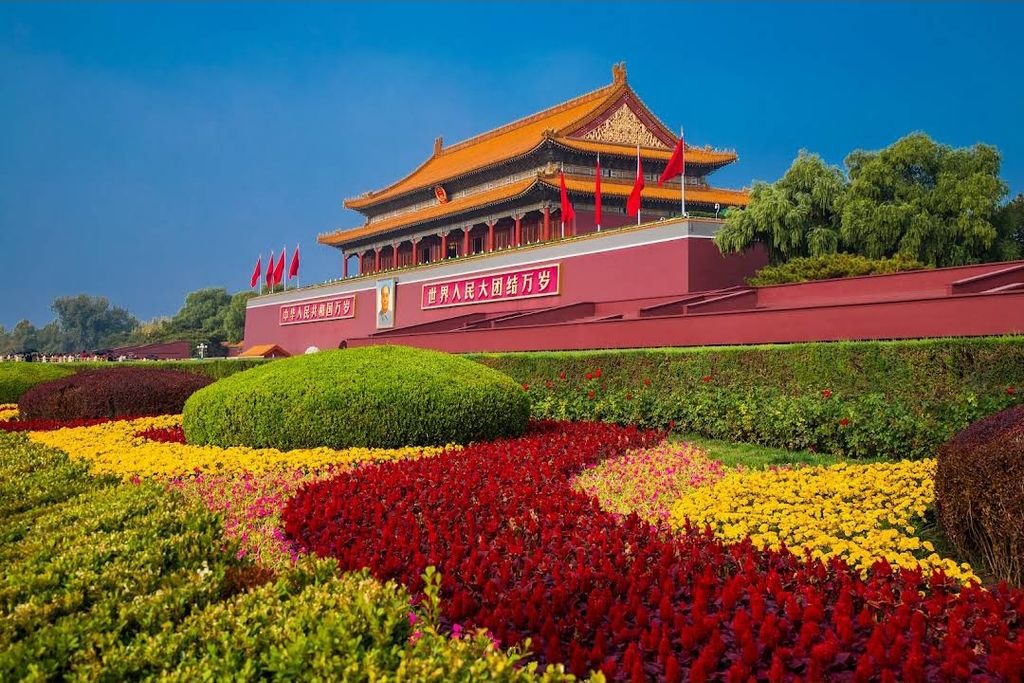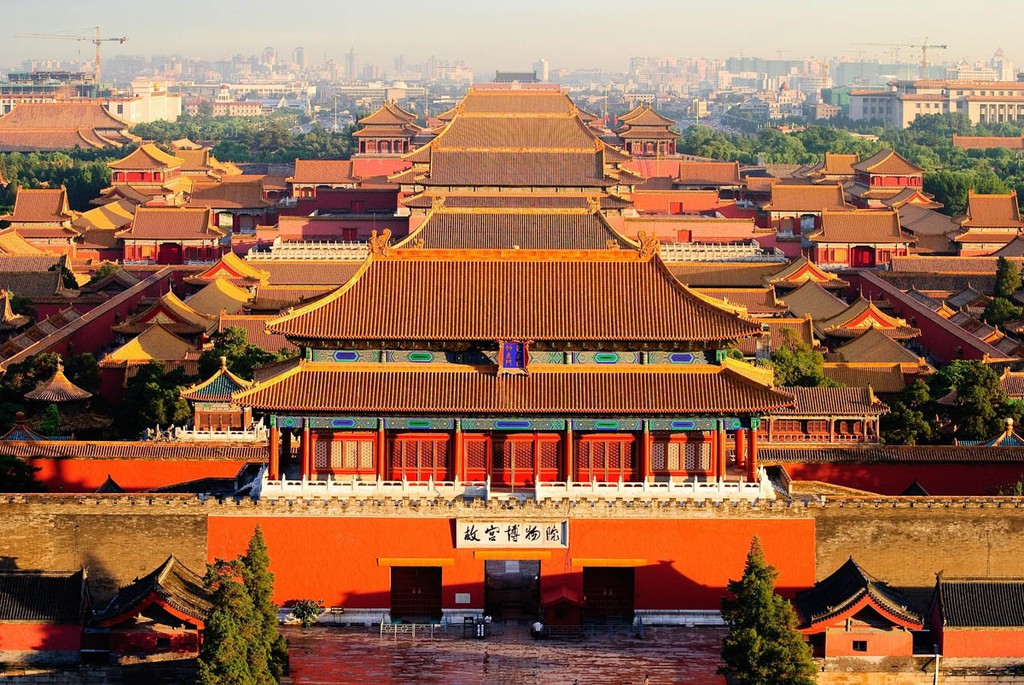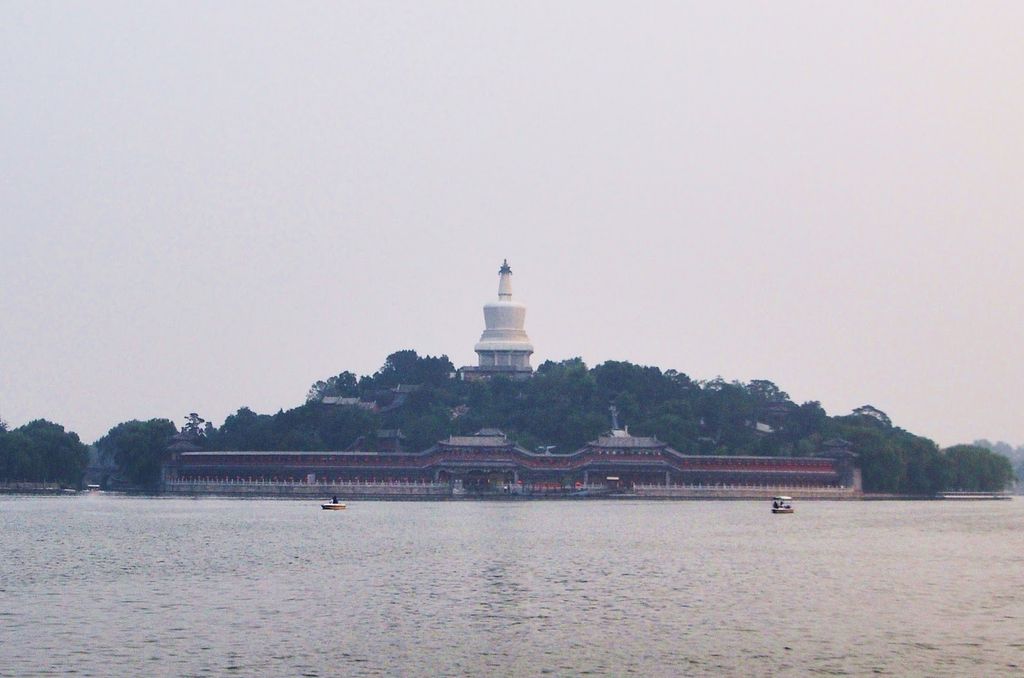Beijing: Echoes of a Dynastic Journey
Join us for a captivating free walking tour through Beijing's rich history, where ancient wonders meet modern marvels in the heart of China.
Time
3 Hours
Stops
4 Places
Distance
5.0 km
Tiananmen Square
Begin your tour at Tiananmen Square, one of the world's largest public squares, which serves as a symbol of China's modern history and a gathering place for significant events.

Tiananmen Square (Source: Google Maps)
Tiananmen Square, located at the heart of Beijing, is the world's largest public square and a site of immense historical significance. It has been the backdrop for numerous pivotal events in Chinese history, including the May Fourth Movement in 1919 and the pro-democracy protests of 1989. The square is surrounded by monumental architecture, including the Tiananmen Gate, which features the iconic portrait of Mao Zedong. The square symbolizes the power of the state and the struggles of the people, making it a must-visit site for anyone interested in China's modern history. Its vast expanse can accommodate a million people, and it serves as a venue for national celebrations and parades, reflecting the enduring spirit of the Chinese people.
The Forbidden City (Palace Museum)
Just north of Tiananmen Square, explore the Forbidden City, the magnificent imperial palace that served as the home of Chinese emperors for nearly 500 years.

The Forbidden City (Palace Museum) (Source: Google Maps)
The Forbidden City, a UNESCO World Heritage Site, served as the imperial palace for 24 emperors during the Ming and Qing Dynasties. This vast complex, covering over 180 acres, is a masterpiece of traditional Chinese palatial architecture, featuring nearly 1,000 buildings with stunning roofs, intricate carvings, and vibrant colors. The Forbidden City was designed to symbolize the center of the universe, with its layout reflecting traditional Chinese cosmology. It is home to countless artifacts, including imperial treasures and artworks that showcase China's rich cultural heritage. Visitors can explore its grand halls, serene gardens, and the fascinating stories of the emperors who ruled from this magnificent palace, making it a vital part of China's historical narrative.
Beihai Park
Walk to Beihai Park, one of China's oldest and most well-preserved ancient imperial gardens, featuring beautiful lakes and historic structures.

Beihai Park (Source: Google Maps)
Beihai Park, one of the oldest and most well-preserved imperial gardens in China, dates back to the 11th century. This lush park features beautiful lakes, historic pavilions, and a stunning white pagoda that stands as a symbol of the park's rich history. Originally part of the imperial city, Beihai Park was a retreat for emperors and their families, offering a serene escape from the bustling life of the Forbidden City. The park's landscape is meticulously designed, incorporating elements of traditional Chinese garden design, including rockeries, water features, and ancient trees. Visitors can enjoy leisurely strolls along the lakeside paths, take boat rides, or relax in the shade of the trees, all while absorbing the tranquility and beauty of this historical gem.
Jingshan Park
Head to Jingshan Park, located just north of the Forbidden City, offering a panoramic view of Beijing and a chance to appreciate the city's layout from a hilltop.

Jingshan Park (Source: Google Maps)
Jingshan Park, located just north of the Forbidden City, is a former imperial garden that offers some of the best panoramic views of Beijing. The park is situated on Jingshan Hill, which was created from the earth excavated to build the moat around the Forbidden City. At its highest point, visitors can see the entire layout of Beijing, including the majestic roofs of the Forbidden City and the distant mountains. The park is home to ancient trees, beautiful pathways, and the iconic Wanchun Pavilion, which provides a perfect vantage point for photography. Historically, Jingshan Park was a place for emperors to relax and reflect, and today, it remains a peaceful retreat for both locals and tourists, making it a perfect stop to appreciate the city's blend of history and natural beauty.

Your travels, your rules.
Create your own Free Walking Tours.
Set your preferences, distances and anything you want to do or see.
Completely free, no payment required.